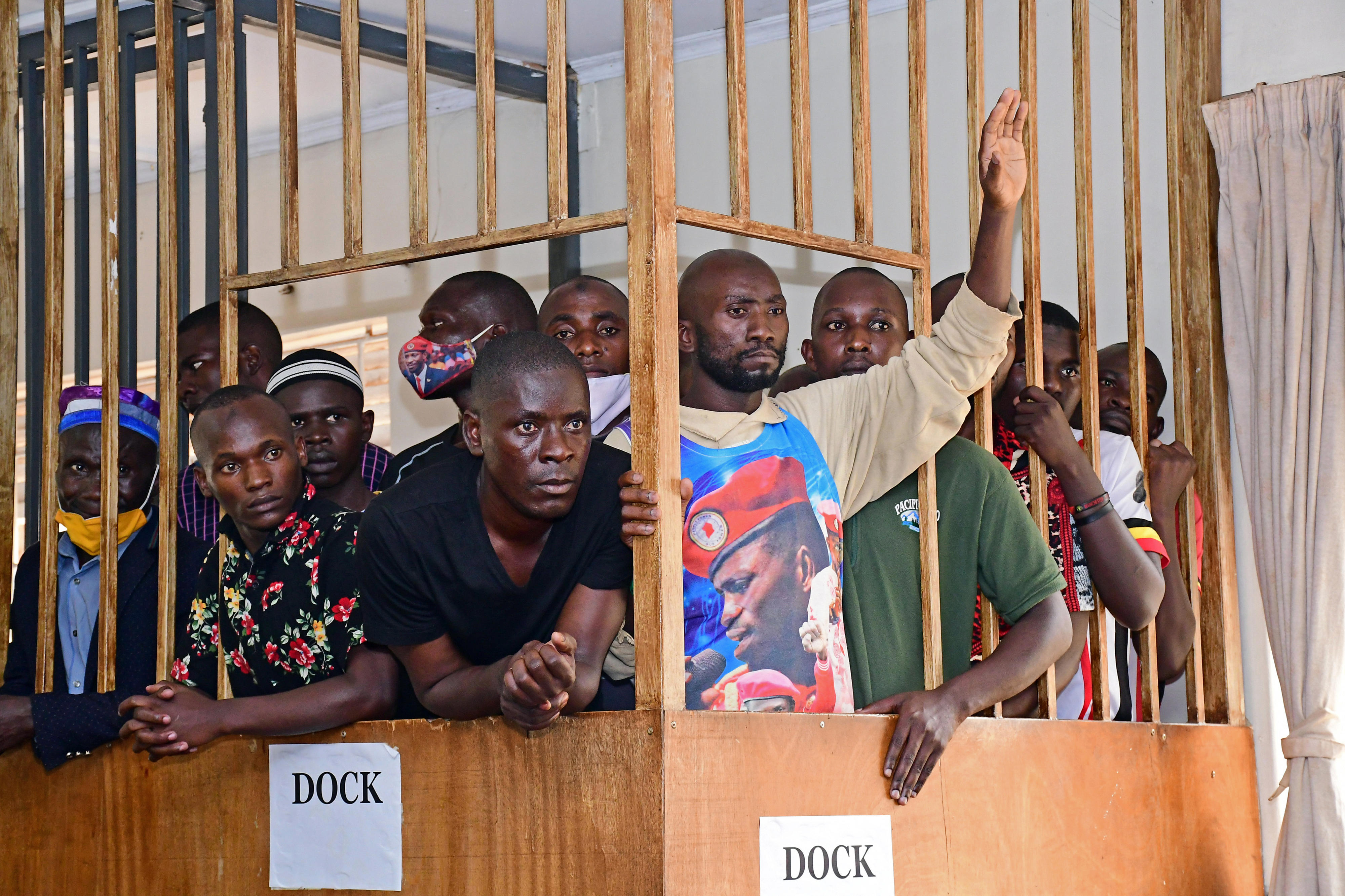Digital trade reforms set to earn Comesa $17.5b

The e-trade aims at promoting electronic commerce by providing a platform for traders in the Comesa bloc to conduct business online. PHOTO BY SHUTTERSTOCK
What you need to know:
- Traders within Comesa bloc need to adopt the necessary digital tools and infrastructure to do business online, Dorothy Nakaweesi writes.
- The DFTA is an online platform for trade facilitation comprising three segments namely electronic trade (e-trade,) e-logistics, and e-legislation.
Uganda, among other Common Market for Eastern and Southern African (Comesa) member states, can earn more revenue if only she fast-tracked trading electronically.
If all member countries in the Common Market for Eastern and Southern African (Comesa) adopt digital trade facilitation reforms, the region would annually gain $17.5b (Shs64.7 trillion) from the intra-Comesa exports.
Reforms
Experts say the digital trade facilitation reforms involve using paperless trade facilitation measures to do cross-border trade to minimise physical barriers.
The study reviewing the ‘Best 11 out of 88 research papers submitted by researchers from Comesa members States, sought to investigate intra-Comesa export gains from member states’ full implementation of e-trade by member states.
The study sought to assess the impact of the current implementation level of e-trade facilitation on intra-Comesa exports and to estimate the regional gain in intra-Comesa exports when all Member States fully implement digital trade facilitation.
According to the findings released early this month at the fifth Comesa Annual Research Forum held in Nairobi, top scorers under the assessment criteria were Kenya, Madagascar, Mauritius and Rwanda.
Mr Adam Willies, principal economist, Ministry of Commerce, Industry and Enterprise Development of Zimbabwe and the researcher said: “The top scorers have exhausted their potential to generate additional intra-Comesa exports with respect to scaling up implementation of the six e-trade facilitation measures considered in this study.”
Uganda, Comoros, D.R. Congo, Djibouti, Malawi, Swaziland, Seychelles, Zambia and Zimbabwe had medium implementation scores, presenting significant potential to increase intra-Comesa trade by implementing the Digital Free Trade Area.
Potential
The findings further showed that five countries had the greatest intra-Comesa export trade potential for the region and these were Eritrea, Egypt, Sudan, Libya and Ethiopia.
“The implementation scores used in the study only captured the paperless trade facilitation measures that enable efficient coordination and exchange of data and documents among government border agencies and the business community within a country,” Mr Willies explained.
Intra-trade
Latest records from the Comesa secretariat show that trade has risen to nearly $8 billion (Shs29.6 trillion) as at 2017 from $1.5 billion (Shs5.5 trillion) recorded in 2000.
In July, Ms Yvette Sylla, the chairperson Comesa Council of ministers during their meeting prior to the summit, said: “Comesa’s approaches to market integration, including the resolution of non-tariff barriers served as a benchmark for continental integration when building the African Continental Free Trade Area.”
Because of this, Sylla said the Intra-Comesa trade has risen and this has been largely due to the Free Trade Area which has helped catapult trade in the bloc.
Total intra-Comesa exports slightly dropped to Shs29.2 trillion, down from Shs29.7 trillion recorded the previous year.
E-platform
The DFTA is an online platform for trade facilitation comprising three segments namely electronic trade (e-trade,) e-logistics, and e-legislation.




